The town of Sintra is a short drive from Lisbon in Portugal. It is one of Europe’s finest examples of the whimsical and colorful Romanticism style of architecture. This elaborate 19th century design style was inspired by the love of art and the mysticism of ancient cultures, to create decorative and flamboyant buildings, of which the Pena Palace is the greatest example. The town is surrounded by these palaces and gardens of the 19th century. The town’s history dates back to Roman times and sitting alongside the palaces are the remnants of a Moorish castle from the 8-9th centuries.
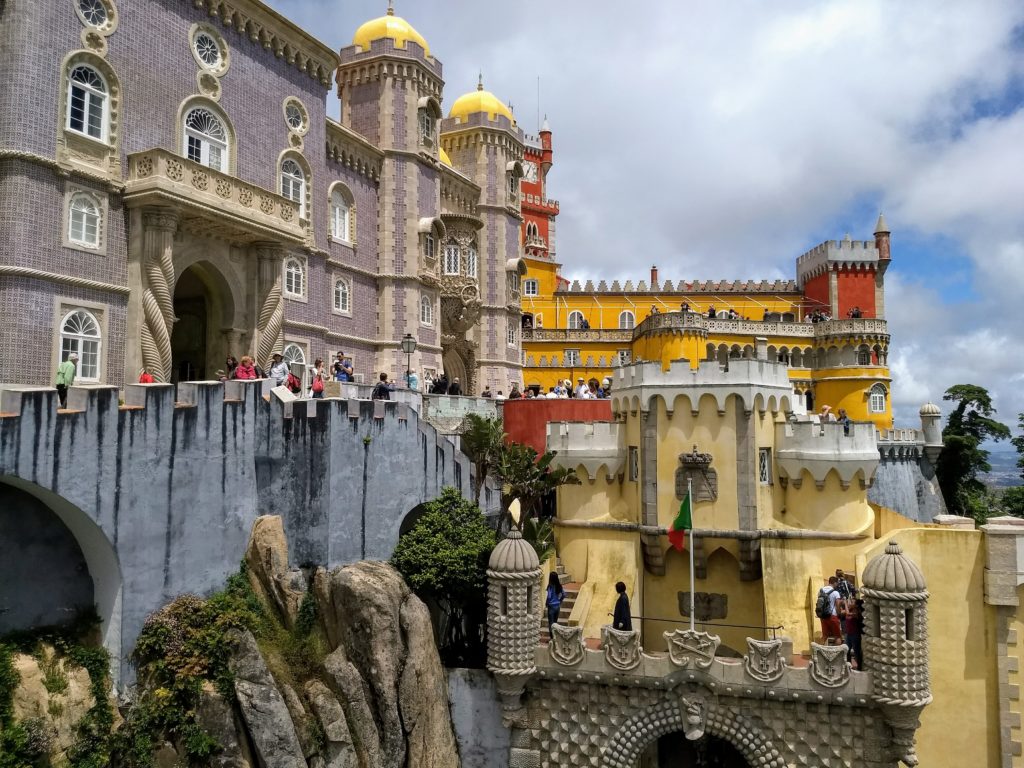
This UNESCO site should be on everyone’s list of places to visit in Portugal. We were staying in nearby Cascais on the coast. We were told that parking was a challenge in Sintra, so we hopped on a local bus and spent the day exploring. As usual, we were not alone during our visit and shared the day with many other visitors intrigued by this magnificent site. When we first caught glimpse of the Pena Palace it seemed like something you might see in a Disney movie. The intricate carvings throughout the palace walls were only accentuated by the bright and colorful painted or tiled walls. As the castle is perched high atop a hill you can opt to take a short bus ride or hike the uphill route. We of course opted to hike.
It was King Fernando II who transformed the remains of an old monastery into a palace that would eventually serve as the summer residence for the Portuguese royal family during the 19th century. In 1838, he decided to acquire the old monastery, all the surrounding lands, the nearby Castle of the Moors, and a few other estates in the area. Almost the entire Pena Palace stands on a rock in the Sintra Mountains.
He was an Austrian lord who married into the Portuguese nobility and ruled Portugal with his wife, Queen Maria II, between 1837 and 1853. He was a champion of the arts and shunned politics leaving his ministers to deal with the daily running of the country. He provided only a whimsical description to the chief architect of the palace, that it must reflect an opera. Pena Park is a large forested area which surrounds the Pena Palace, on just under 500 acres of uneven terrain. The park was created at the same time as the palace. The same exotic taste of the Romanticism was applied to the park as it was to the palace. Trees were planted which included North American Sequoia and a wide variety of ferns and tree ferns from Australia and New Zealand. The park includes a labyrinthic system of paths and narrow roads, connecting the palace to the many points of interest. The interior of the palace is an eclectic mixture of styles including the Neo-Gothic, Neo-Manueline, Neo-Islamic and Neo-Renaissance (so we read, not knowing ourselves!). After the queen’s death, Fernando lived there with his second wife until his death. The crown had passed to his son before his death.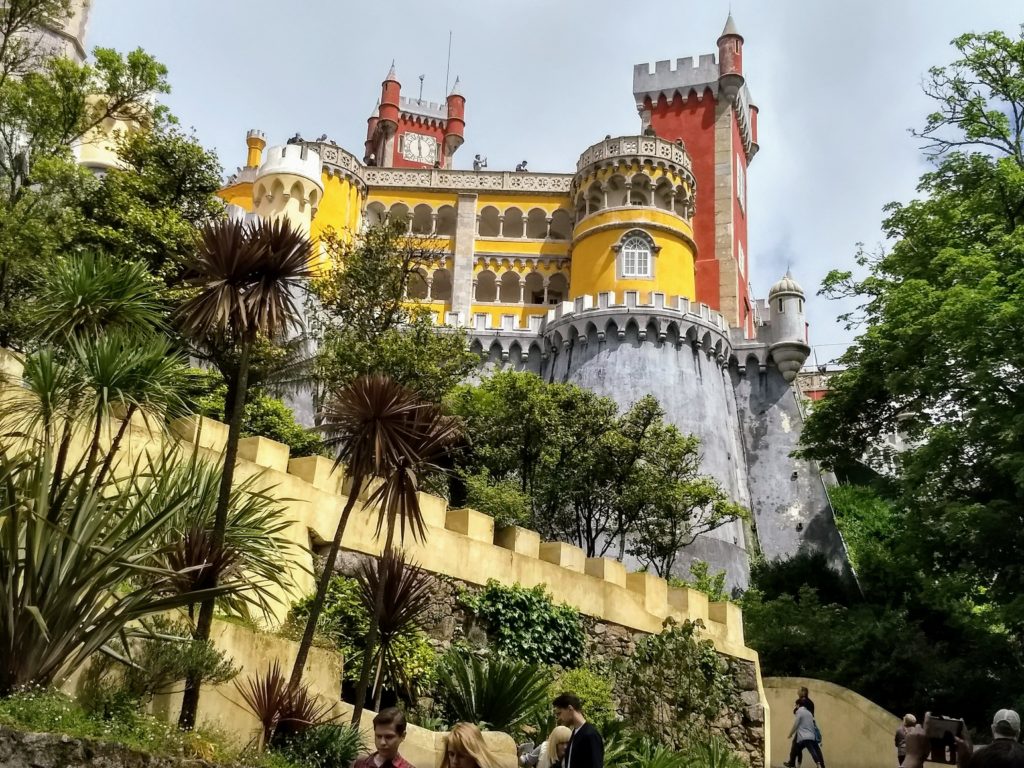
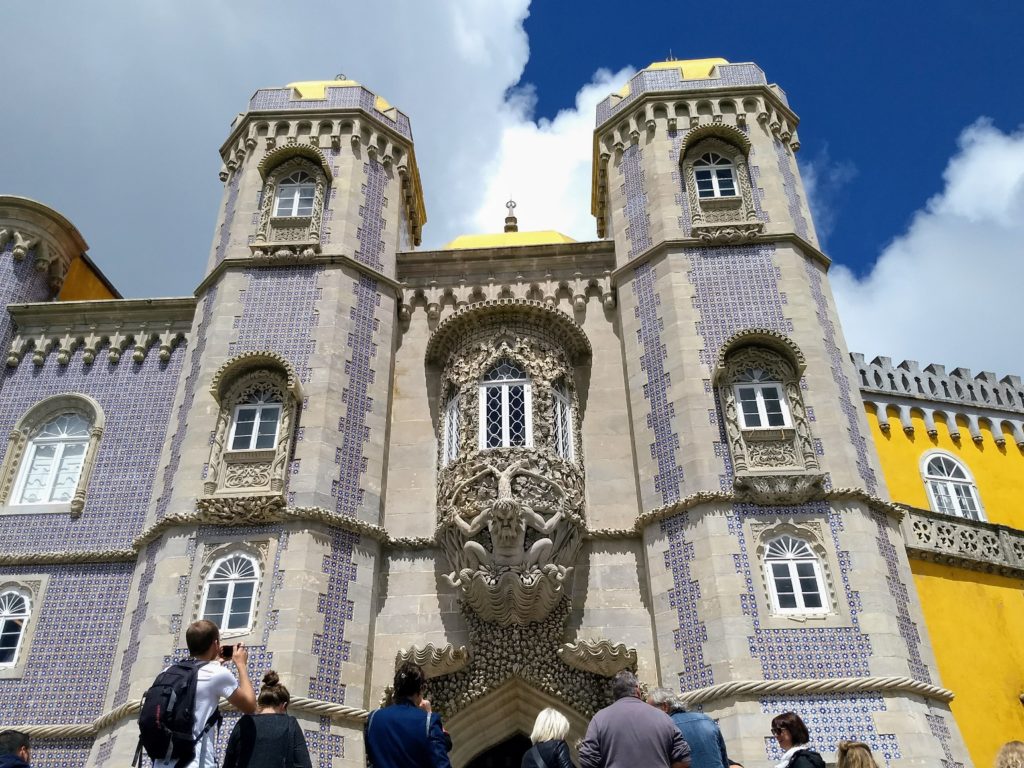
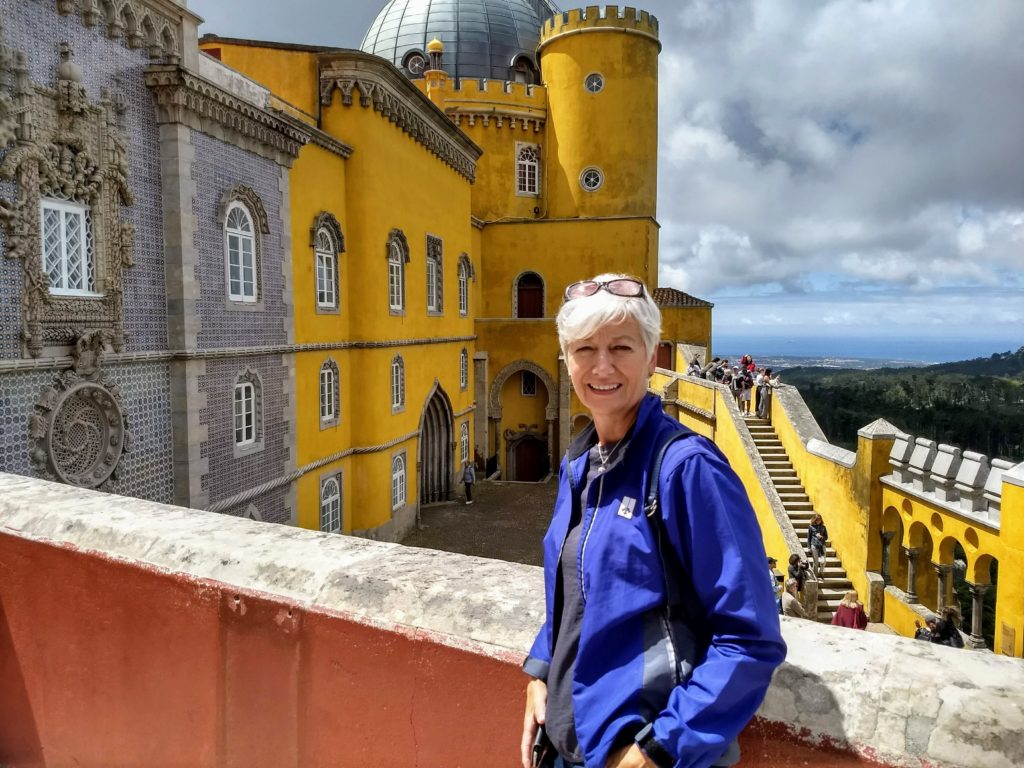
After his death the palace was passed over to his second wife and she later sold the palace to King Luis, who wanted to retrieve it for the royal family. From that point on the palace was frequently used by the family. In 1889 it was purchased by the Portuguese State, and after the Republican Revolution of 1910 it was classified as a national monument and turned into a museum. The last queen of Portugal, Queen Amelia spent her last night at the palace before leaving the country in exile.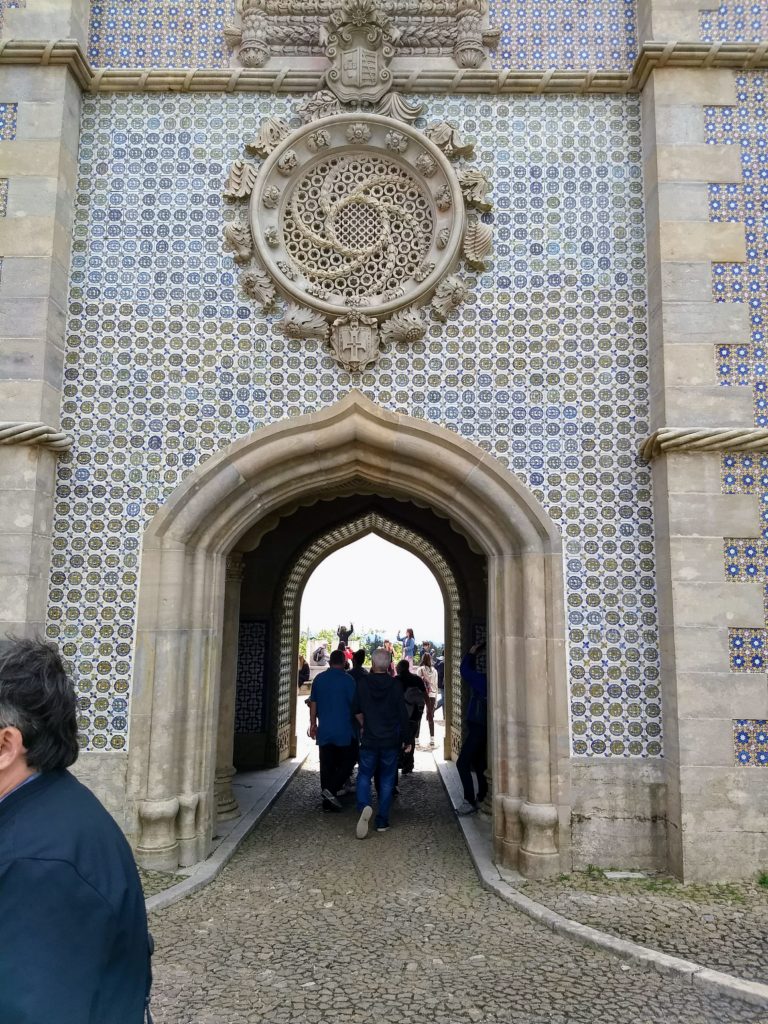
Over time the colors of the red and yellow facades faded, and for many years the palace was entirely gray. By the end of the 20th century the palace was repainted, and the original colors restored.
This truly was a magnificent palace to visit, so interesting in its originality. Despite having to endure our tour with the masses we were glad to have visited.
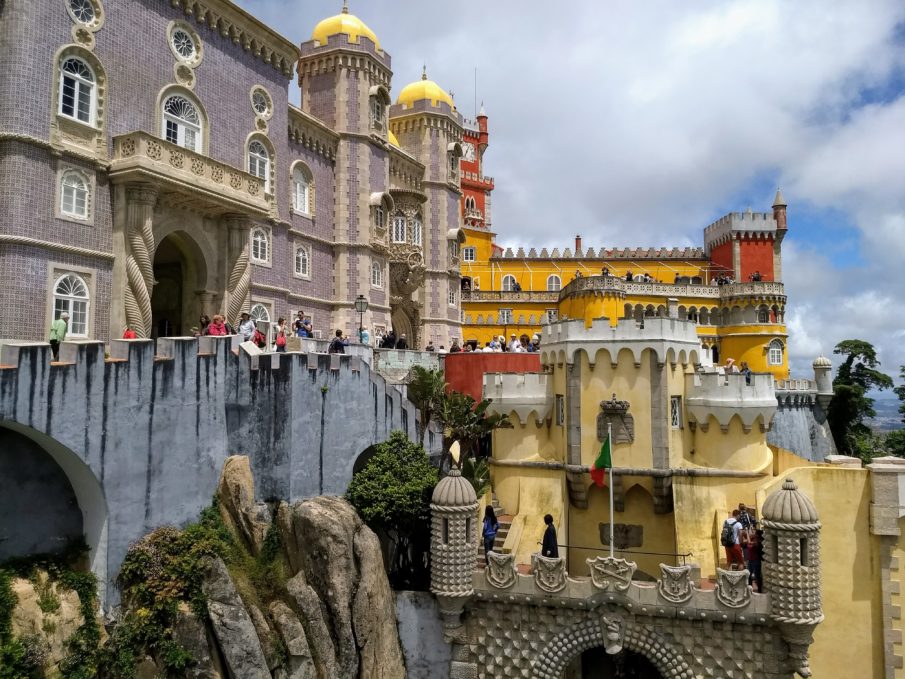
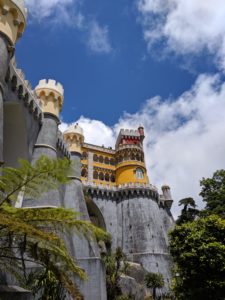
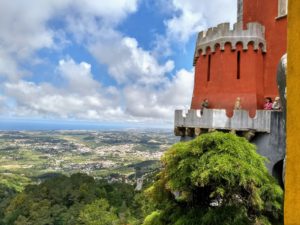
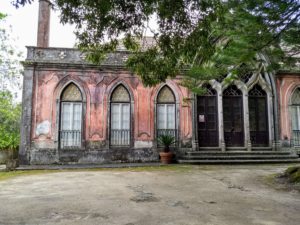
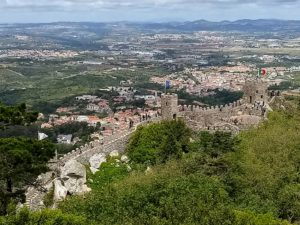
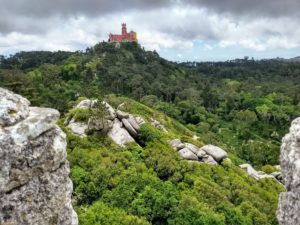
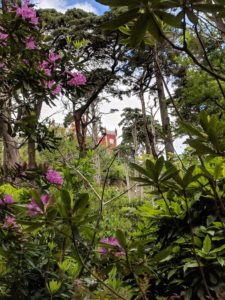
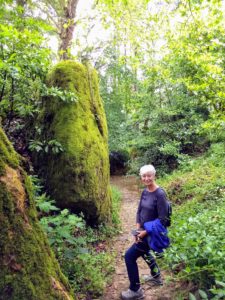
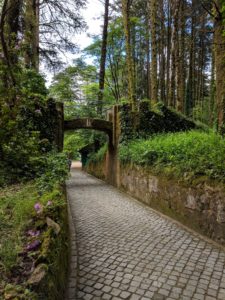
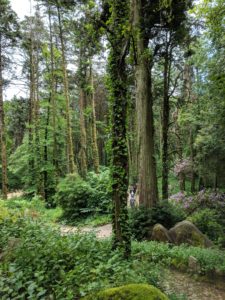
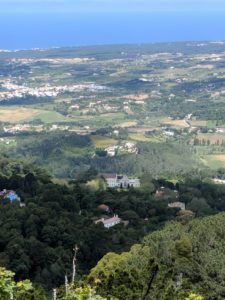
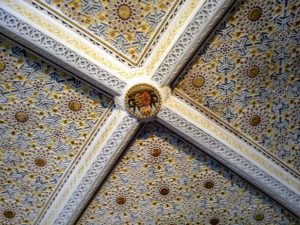
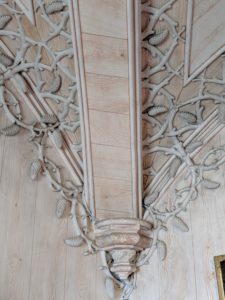
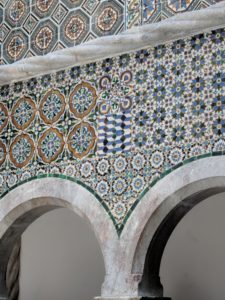
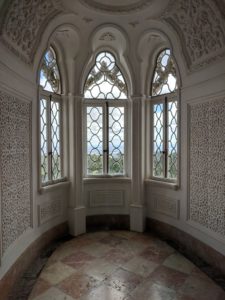
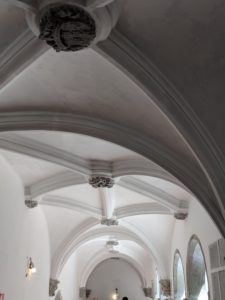
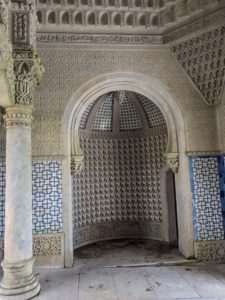
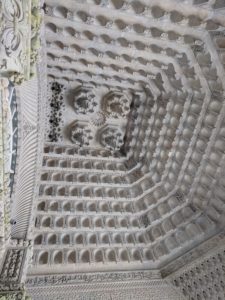
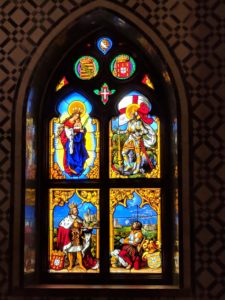
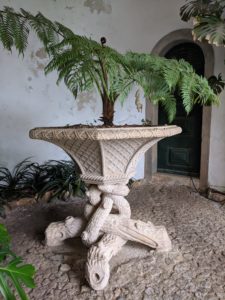
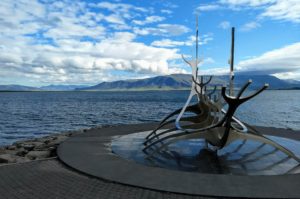
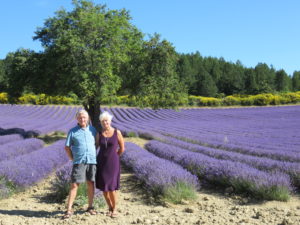
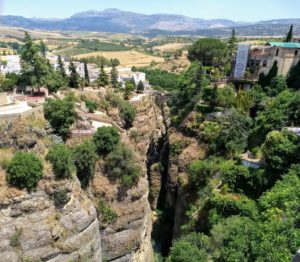
Comments
I really enjoy these descriptions of places (and palaces) you’ve visited. The history behind the site also brings it all to life. I remember visiting a Palace like this near Sintra back in the ’80s with my friends Fernando, Mick and Moggie! but suspect it was before they repainted the exterior. If I remember correctly it was close to the race track that used to be used for the Portuguese Grand Prix.
And still can’t believe the coincidence that when you were in Cascais that the Mayor and Portuguese PM were in Sausalito officially handing over their twin city tribute of a rose compass. You’ll have to check it out next time you’re with us.
Thanks for sharing.
Andrew